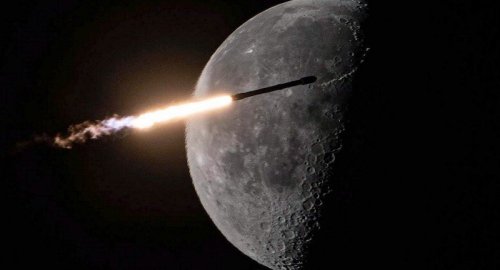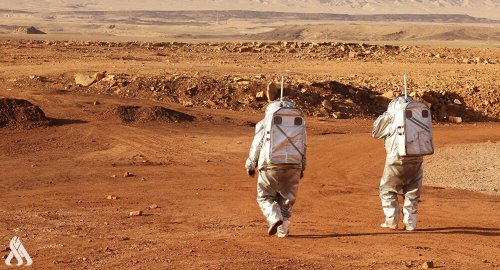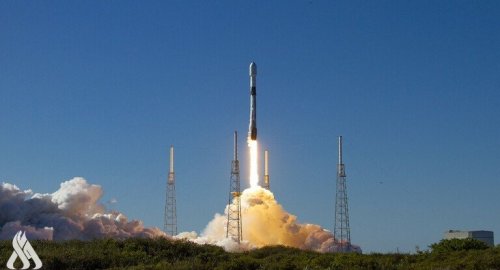
The out-of-control rocket about to hit the moon is not a SpaceX Falcon 9, astronomers now say: report

- 15-02-2022, 08:59
INA-sources
A rocket stage set to hit the moon March 4 might not be from SpaceX after all.
The astronomer credited with discovering the forthcoming impact, Bill Gray, announced Saturday (Feb. 12) that he made an error in identifying the rocket as an old SpaceX Falcon 9 rocket stage that helped launch the Deep Space Climate Observatory satellite in 2015.
Rather, Gray suggests the stage could part of a Long March 3C rocket that launched China's moonbound Chang'e 5-T1 mission in October 2014. This spacecraft was a predecessor to Chang'e 5, the 2020 mission that did a robotic lunar sample return.)
Gray manages the Project Pluto software used to track near-Earth objects and placed a correction notice on his website Saturday (Feb. 12) after receiving a note from an engineer at NASA's Jet Propulsion Laboratory, Jon Giorgini.
"He [Giorgini] wrote to Gray on Saturday morning explaining that the DSCOVR spacecraft's trajectory did not go particularly close to the moon, and that it would therefore be a little strange if the second stage strayed close enough to strike it," wrote Eric Berger on Ars Technica, who first reported the errant booster three weeks ago, on Saturday.
The rocket stage, regardless of its origin story, is still expected to slam into the far side of the moon on March 4 at 7:25 a.m. EDT (1225 GMT), and it won't be visible from Earth. Nevertheless, Gray explained on his website why he believed he made an error in identification.
"Prompted by Jon's e-mail, I dug into my e-mail archives to remind myself why I had originally identified the object as the DSCOVR stage in the first place, seven years ago. I did that digging in full confidence it would prove that the object was, in fact, the DSCOVR second stage," Gray wrote in his update.
He was using data from the Catalina Sky Survey that usually tracks near-Earth objects to assess threats to Earth, Gray wrote. Catalina found an object about a month after DSCOVR's launch, designated WE0913A and at first believed to be a natural object.
"Shortly thereafter, an astronomer in Brazil noted on a newsgroup that the object was orbiting the earth, not the sun, suggesting it might be a human-made object," Gray said. After some conversation with the astronomer, Gray and other researchers found that WE0913A went past the moon two days after DSCOVR's launch.
Source: Space.com
Militao Returns to Real Madrid Training
- Sport
- 25/03/19
Mo Salah's replacement is Real Madrid
- Sport
- 25/03/21
Germany wants to order six frigates and 20 Eurofighter fighters
- International
- 25/03/18
Barcelona Requests Release of 3 Players from Spain Friendly
- Sport
- 25/03/21
PMF: We have not recorded any security breach on the border with Syria
- Security
- 25/03/18












